5 Upgrades to LANE MAP Fertilizer Production Line to Boost Yields by 25%!
Mono-ammonium phosphate (MAP) is a crucial fertilizer in agriculture, known for its rich phosphorus content and its ability to enhance root development and increase crop yields. As demand for high-quality fertilizers grows, LANE Group has focused on upgrading its MAP Fertilizer Production Line to help manufacturers improve efficiency and boost agricultural output. Here are five key upgrades to LANE’s MAP Fertilizer Production Line that can boost yields by up to 25%.
Point 1: Enhanced Granulation Technology
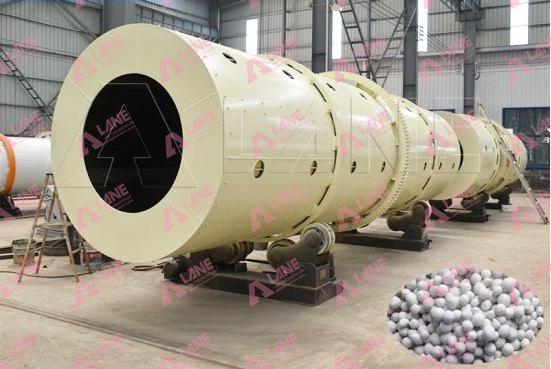
One of the most critical stages in MAP fertilizer production line is the granulation process, which determines the size, shape, and quality of the fertilizer granules. LANE Group has upgraded its granulation technology by implementing a high-efficiency rotary drum granulator. This new system ensures uniform granule formation, improving the distribution of fertilizer when applied in the field.
By producing more consistent granules, farmers can achieve better fertilizer spread, leading to even nutrient distribution across crops. This consistency directly translates into improved crop health and yields. The upgrade also reduces waste during the granulation process, further optimizing production efficiency.
Point 2: Optimized Mixing System
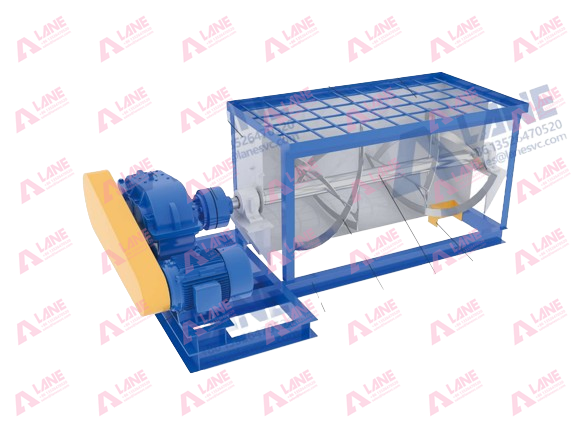
The key to producing high-quality MAP fertilizer production line lies in ensuring that the raw materials are thoroughly mixed before granulation. LANE’s upgraded MAP production line includes an optimized vertical mixer that provides more precise and homogeneous mixing of raw materials such as ammonia and phosphoric acid.
This enhanced mixing process ensures that each granule contains the correct proportion of nutrients, which improves the effectiveness of the fertilizer when applied to crops. Farmers will see better crop performance, with a noticeable increase in root development and overall plant growth, ultimately leading to higher yields.
Point 3: Energy-Efficient Drying Equipment
Drying is an essential step in MAP fertilizer production line, as it removes excess moisture from the granules, ensuring a stable and long-lasting product. LANE has upgraded its drying system by incorporating an energy-efficient rotary dryer that reduces energy consumption by up to 20%.
This dryer uses advanced heat recovery systems that minimize energy waste while maintaining optimal drying conditions. Not only does this save manufacturers on energy costs, but it also improves the overall quality of the fertilizer by ensuring that the granules are dried to the perfect moisture level, which enhances their effectiveness in the field.
Point 4: Automated Control System
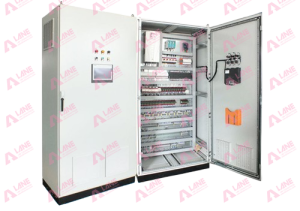
Precision and automation are at the heart of modern fertilizer production. LANE Group has introduced an advanced automated control system that monitors and adjusts production parameters in real-time. This system allows manufacturers to closely regulate critical factors such as temperature, pressure, and raw material input throughout the entire MAP fertilizer production line.
The result is improved consistency and quality control, with less variability in the final product. By reducing human error and automating key processes, manufacturers can ensure that every batch of fertilizer meets strict quality standards. This precision leads to better fertilizer performance in the field, boosting crop yields by delivering the right amount of nutrients to plants more effectively.
Point 5: Improved Dust Control and Waste Management
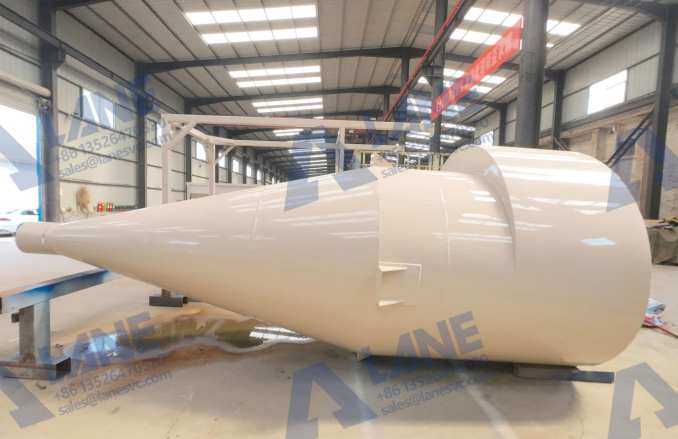
Fertilizer production, especially granulation and drying, can generate a significant amount of dust and waste material. LANE’s upgraded MAP production line includes a new dust control system that captures and recycles airborne particles generated during production. This not only improves the working environment but also ensures that valuable raw materials are not wasted.
By minimizing dust and waste, manufacturers can increase the overall yield of the production process, ensuring more MAP fertilizer is produced from the same amount of raw materials. The cleaner, more efficient process also aligns with sustainability goals, reducing the environmental impact of fertilizer manufacturing.
Conclusion
With these five key upgrades—enhanced granulation technology, optimized mixing systems, energy-efficient drying equipment, automated control systems, and improved dust control—LANE Group’s MAP Fertilizer Production Line is set to boost agricultural yields by up to 25%. These advancements not only enhance the quality and consistency of the fertilizer but also reduce production costs and environmental impact, making it a win-win solution for manufacturers and farmers alike.
Investing in LANE Group’s upgraded MAP Fertilizer Production Line is a step towards more efficient and sustainable fertilizer production, ensuring higher yields and better crop performance for farmers around the world.
Latest Articles & Tips
More-
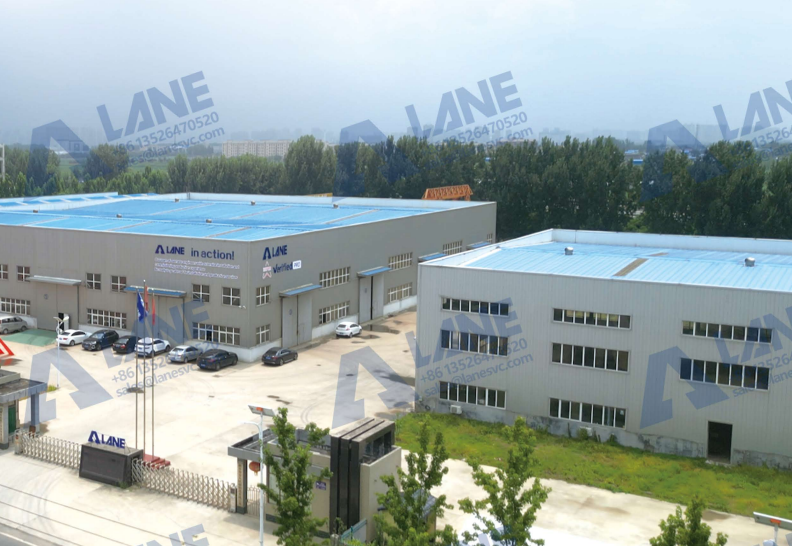
03/14
OEM Fertilizer Equipment Manufacturing: Custom Solutions for Your Production Needs
read more -
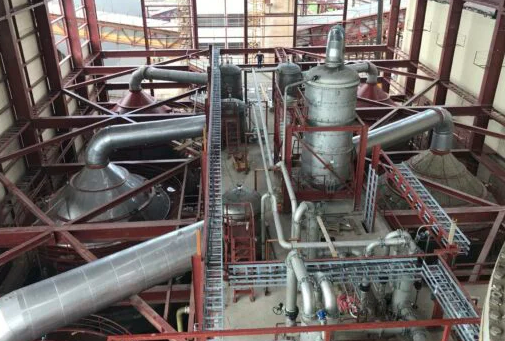
02/27
Fertilizer Granulation for DAP and MAP: Enhancing Efficiency in Fertilizer Production
read more -
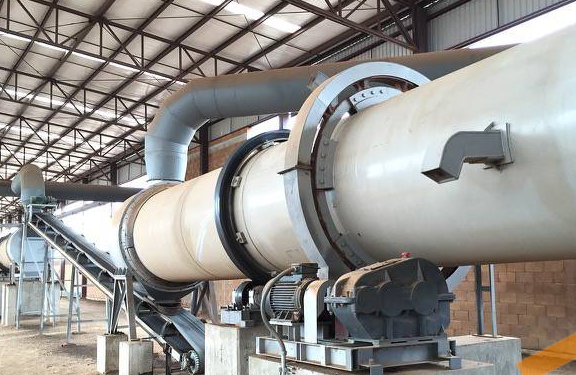
02/27
Fertilizer Production Solutions: Optimizing Efficiency and Sustainability in Fertilizer Manufacturing
read more -
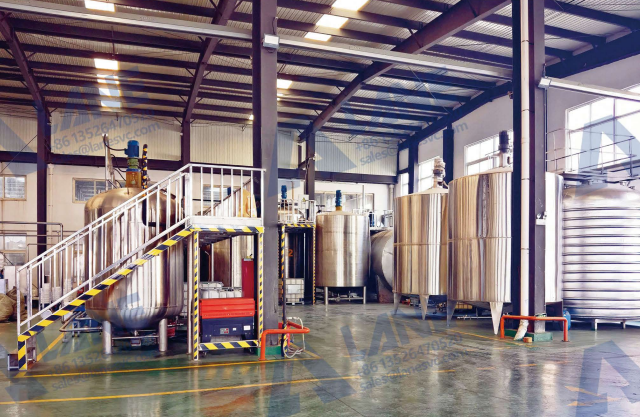
02/13
Chemical Fertilizer Production Line: Enhancing Agricultural Productivity with Precision Manufacturing
read more



Send a message to us